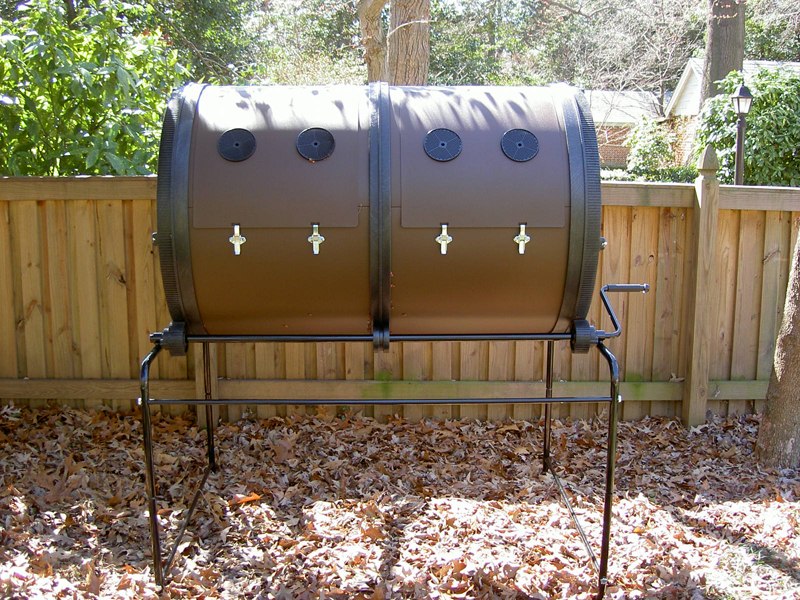
Bloomin’ quince.
With the official coming of spring, plants are bursting into bloom all over the yard. The flowering quince has been in full bloom all week, joined yesterday by the forsythia and the opening of the daffodils. The flowers were a nice reward for the work I’d put into clearing the beds, and I was pleased to see that a liberal sprinkling of cayenne pepper was successful in blocking the attempts of the squirrels to dig to China and treat the crocus bed as a lunch buffet.
The outdoor work of this past week was decidedly less appealing than the flower rescue of the week before. We pruned the Eastern tent caterpillar egg sacs out of the small cherry tree, only just ahead of the appearance of the caterpillars themselves. I am loathe to have the trees sprayed, but the caterpillars really creep me out. If there are nearly as many as there were last year I may go that route. We also discovered that at least one of the cherry trees is diseased; I’m going to have our arborist advise us on whether it will recover or if we should think about just having it removed.
Our other main project was cutting deadwood out of the large quinces and cherry trees that form the north property border. While we were there we—and by ‘we’ I mean my partner—wrestled a six-foot high ‘stump’ covered in ivy out of the back corner of our neighbor’s yard. When we moved in the upper half of the ivy-covered trunk of this dearly departed tree had fallen and landed on our garage, held in the air by the vines. Having cut it free and wrestled it to the ground the first year we were here, we had some idea of what removing the stump would entail. Thankfully, the public works employees in our town are wonderful, and they took the whole thing away without us having to saw it into smaller bits. Earlier in the week I’d cut down three saplings that were crowding the larger trees, and they also took those trunks without a problem.

Our new double-barreled tumbling composter.
The other big development in the garden this week was the arrival and assembly of our new tumbling composter. I’ve always wanted to compost, having become fascinated with the process as a young child, and I persuaded my partner that it would be both possible and financially advantageous to do so in our small suburban yard. In selecting a composter, I was concerned with minimizing animal access and being able to do the manual work of turning the compost myself; he was concerned with odors and having an overly visible contraption that made us the laughingstock of the block. The selection that best met most of our needs was the Mantis ComposTwin, a high-tech tumbler that cost the most upfront but seemed most likely to be workable for us in the long-term. To address the visibility and mocking concerns, we chose to place it under a tree and behind the neighbor’s bush, on the south side of the yard. Because it’s contained and aided by ‘composting agents,’ I’m hoping that the relative lack of sun won’t impede the composting process; it will be a few weeks before we are able to fill the drum and find out if it will actually make compost.
At any rate, it arrived on Monday, in three large and heavy boxes, and a friend came over that evening to help us put it together. Yes, that means we celebrated St. Patrick’s Day by assembling a contraption into which one places food scraps to rot. Now you understand my life. The assembly process took us about three hours, with a break in the middle for dinner. We quickly lost the light, so after assembling the frame outdoors we moved to the foyer and front porch to assemble the drum. There was quite a bit of pushing and pulling and cursing, so I highly recommend having at least two people to assemble this beast. Once together, we placed it on its frame and threw in an inaugural mix of leaves and kitchen scraps, in the backyard in the dark. And then we had some beers.
Next up: pruning the deadwood out of the neighbor’s dogwood and weeping cherry that border the north side of our yard. I also plan to cut down another sapling that’s grown up right next to the maple’s trunk. And, of course, there’s always more lirope to kill.